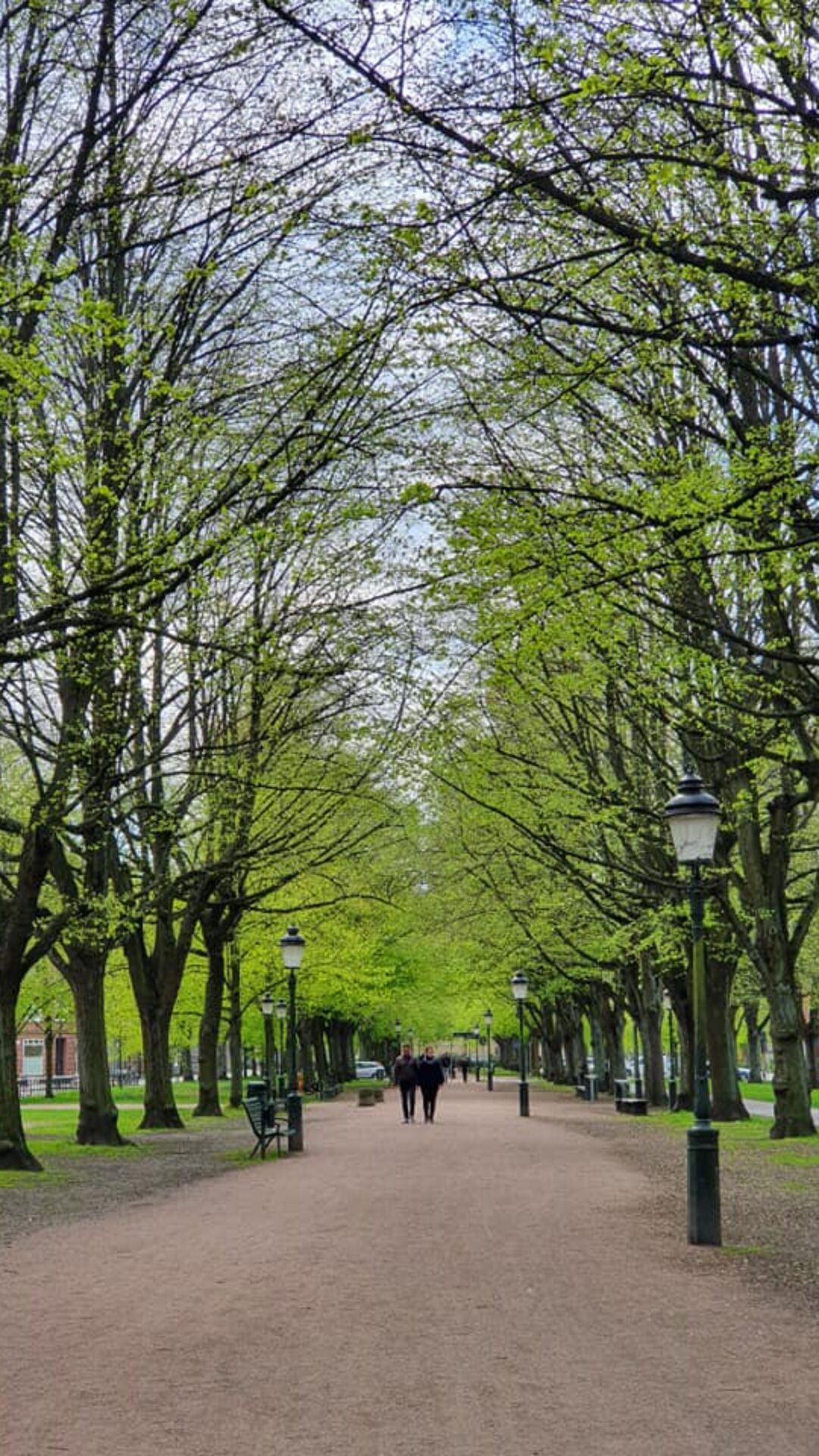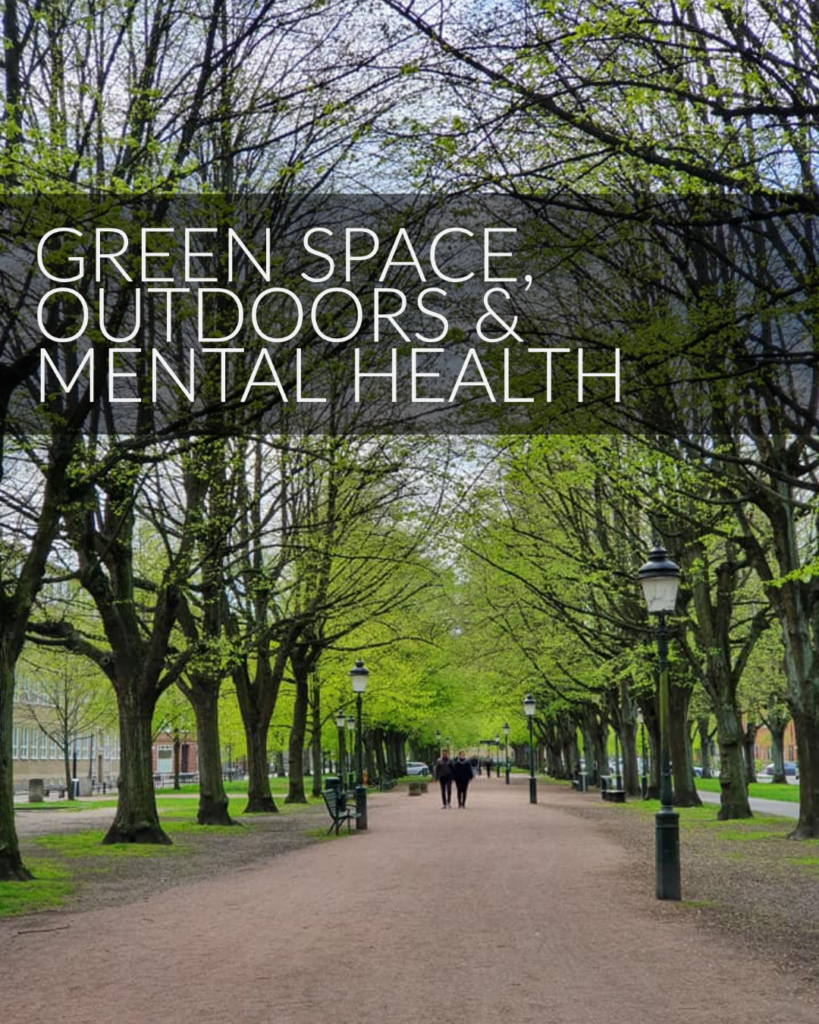
The benefits of walking as well as the importance of access to ample and safe space to move is critical for the mental and physical health of all age groups.
Mental health issues related to use of space and confinement have become societal concerns in 2020 with restrictions connected to the pandemic, resulting in a spike of interest, public dialogue as well as research on the relationship to access to outdoors and individual as well as community health issues.
Environmental psychology research related to experiences of car-free streets, parks and green urban environments are relevant to explore here as well.
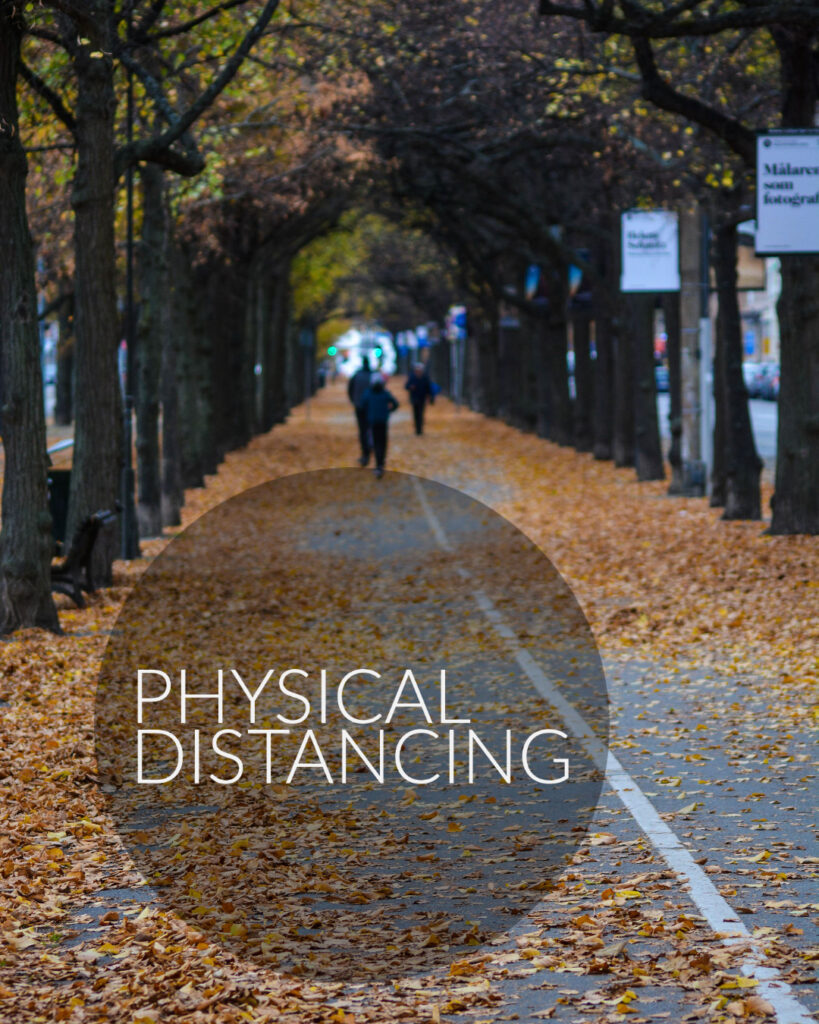
An issue which rose into mainstream focus in 2020 with pandemic restrictions is that of physical distancing, often referred to as “social distancing”.
The new emphasis on physical distancing is a critical element in the amplified interest in reallocation of public space for human mobility needs.
The distinction between social and physical distancing is also important to document within this work as it connects to mental health issues related to lockdowns and social isolation which can be exacerbated in dense urban communities when people are quarantined in small spaces with limited access to the outdoors.
The restrictions experienced in cities worldwide in 2020 have highlighted urban communities need to devote more public space to people and has pushed pedestrianisation interests and initiatives into mainstream awareness.
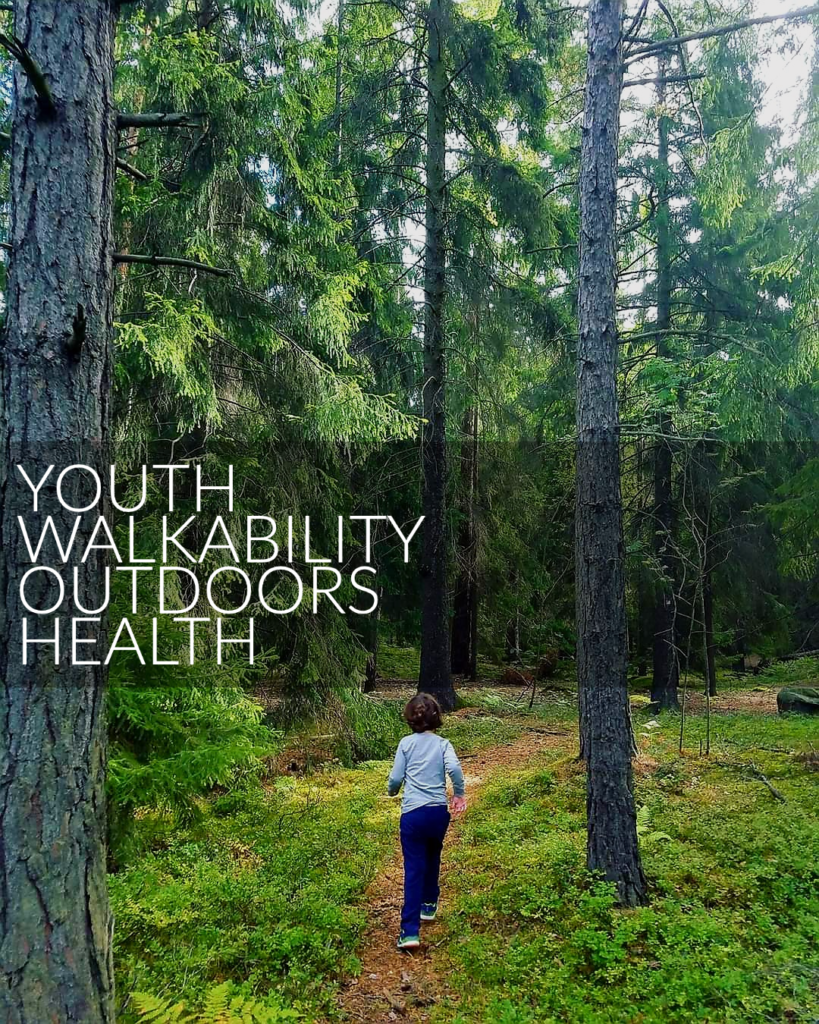
Access to outdoors and safe play spaces is vital for children. This is, of course, common sense but, as we know, a wide disparity exists in many communities with youth connectivity to green spaces and areas to play.
Increased focus in media and research during 2020 focused on the pandemic’s exacerbations of existing inequality issues throughout societies including that of children’s well-being and access to robust outdoor, green spaces and play areas.
Some of our research in this area will draw from Nordic case studies, with towns and cities in Scandinavia often having a rich connectivity with parks and natural areas woven closely to and within neighborhoods and urban areas.
We also plan to engage a critical focus on areas where Nordic city and regional planners envision room for improvement as well.
We always valuing connecting with individuals, researchers and organizations who are working with issues of children, environment, health and well-being.
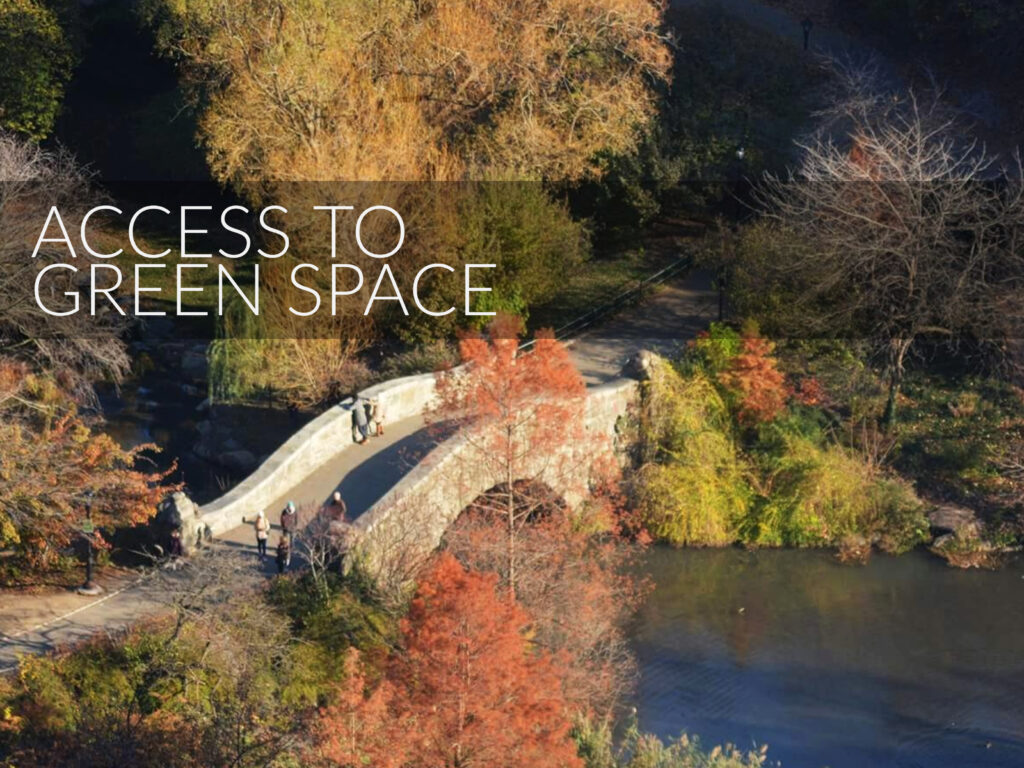
Issues of green space naturally extend beyond discussion of “access” and human health, to the critical issues of environmental protections, local biodiversity, mitigating the effects of pollution and the “urban heat island” effect and other benefits for regions as a whole. We explore these issues as well via Environment and Sustainability.

